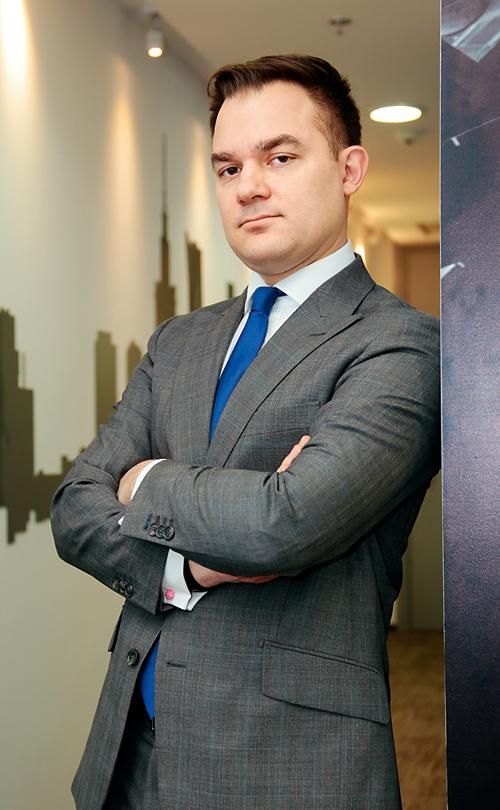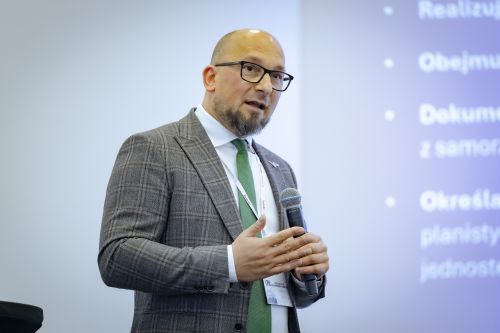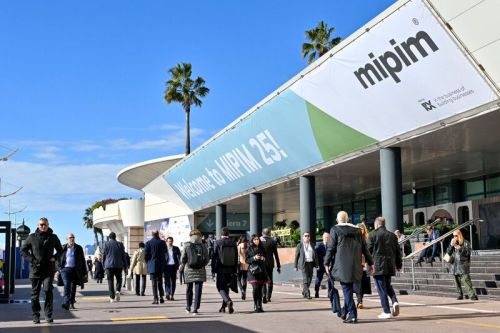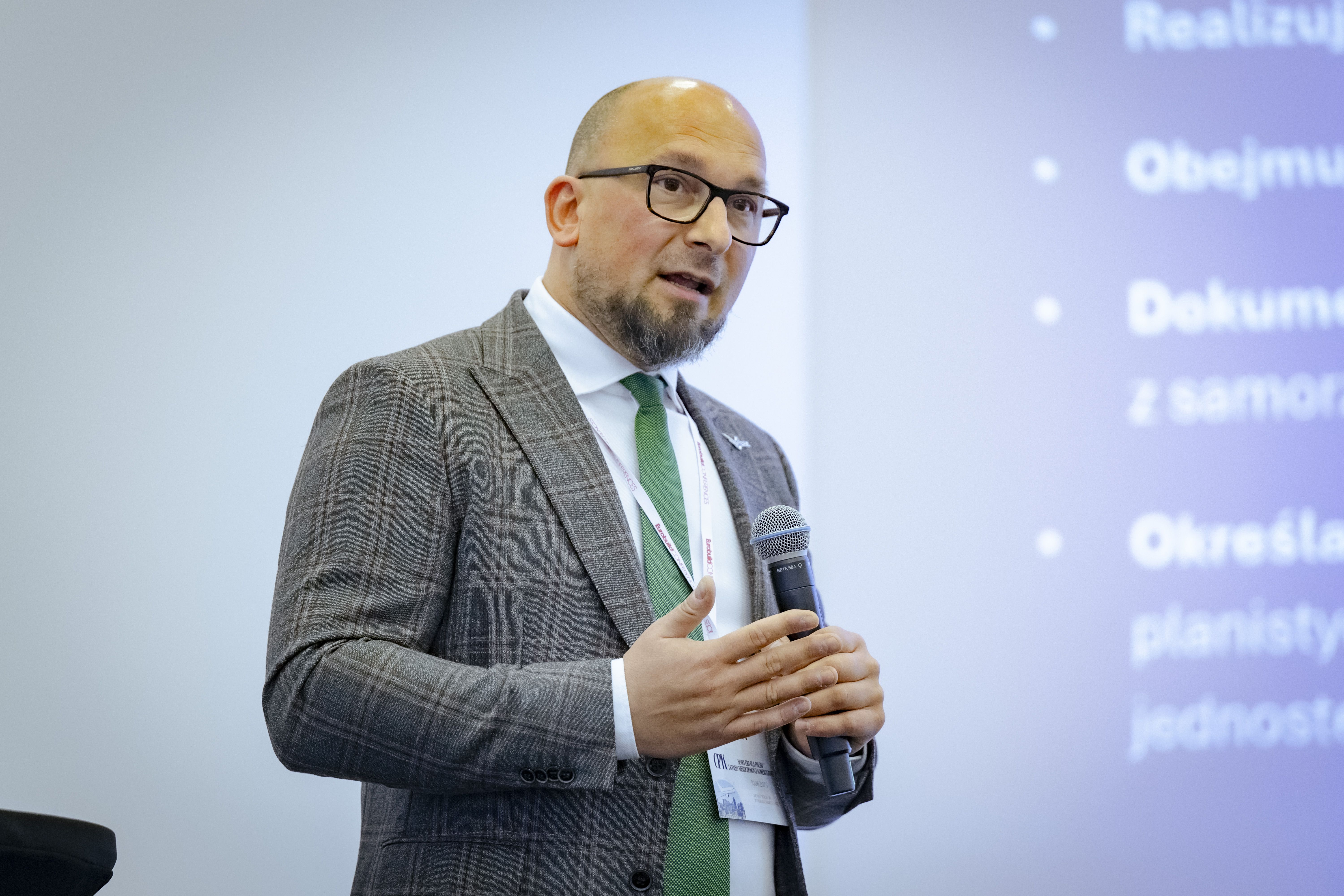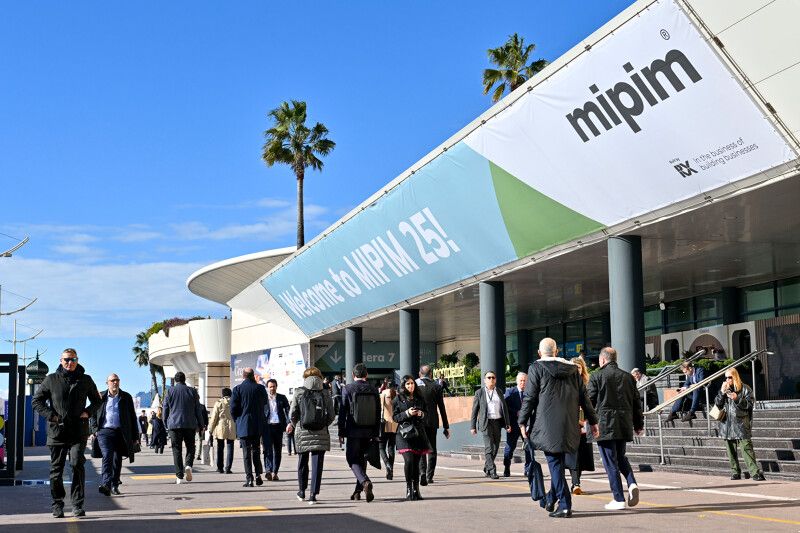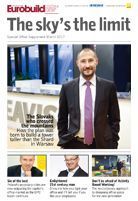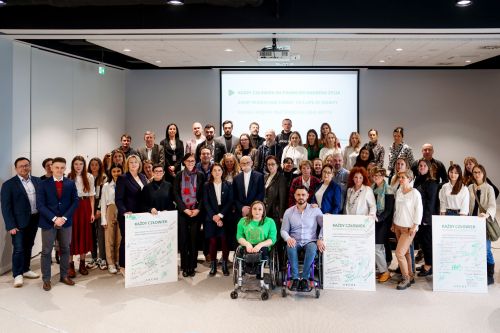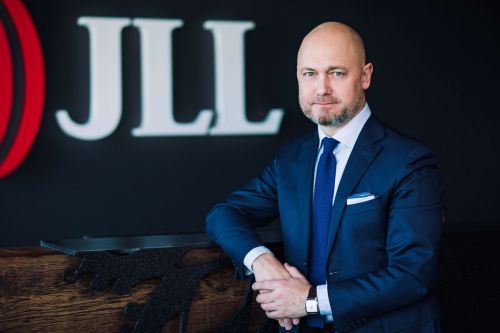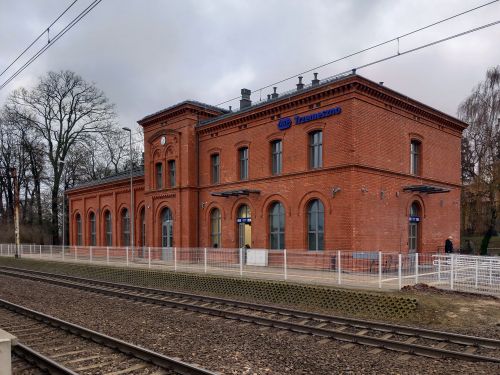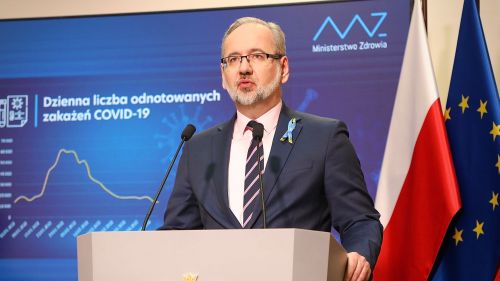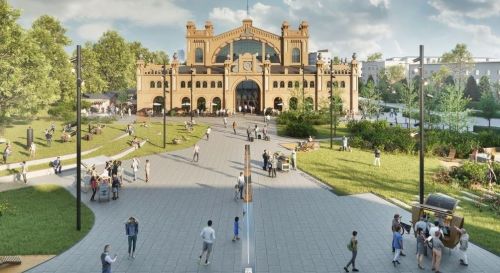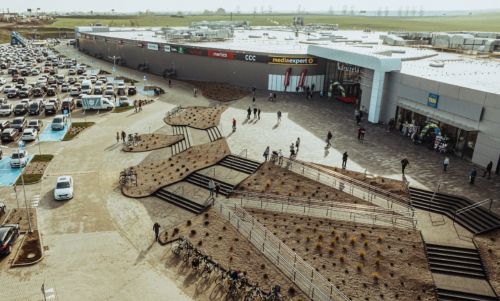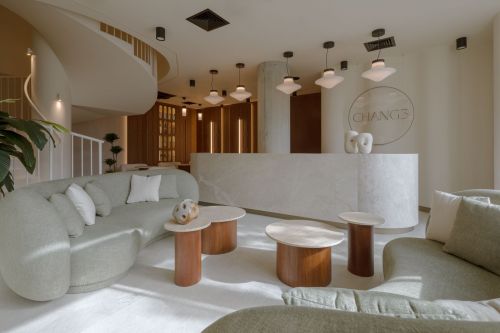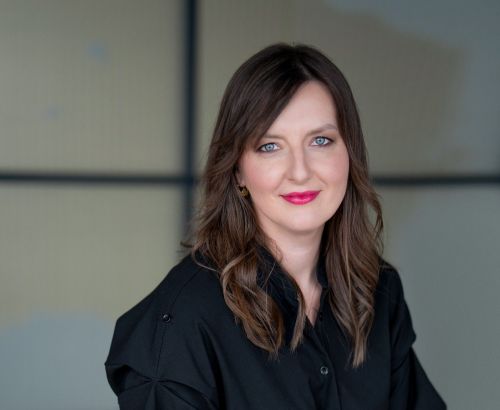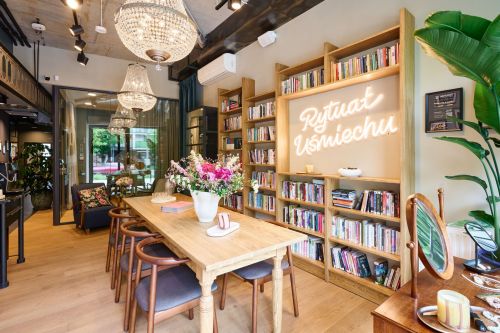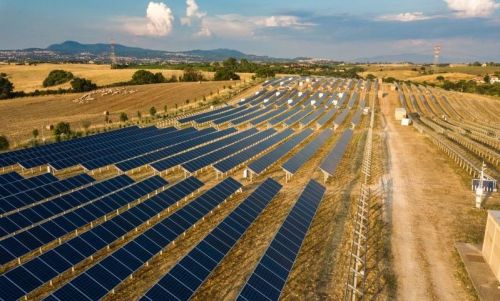Ewa Andrzejewska, ‘Eurobuild Central & Eastern Europe’: The consultancies have just published their 2016 summaries of the commercial real estate investment market. The year ended with EUR 4.6 bln transacted. How much of this was spent on offices in total and how much was spent on offices in regional cities?
Michał Ćwikliński, director, head of investment, Savills: According to our analyses, investors’ total purchases in the office sector in 2016 came to app. EUR 1.875 bln, including app. EUR 710 mln for regional cities. In the case of office buildings in regional cities the figures were similar to last year’s – 13 transactions in 2016 (compared to 17 in 2015), with a value of app. EUR 830 mln. Many investors are now focusing on regional cities. The obstacle is not the lack of demand but the lack of available investment products. Some investors are even saying that they now prefer regional cities to Warsaw. There are two reasons for this.
Which
